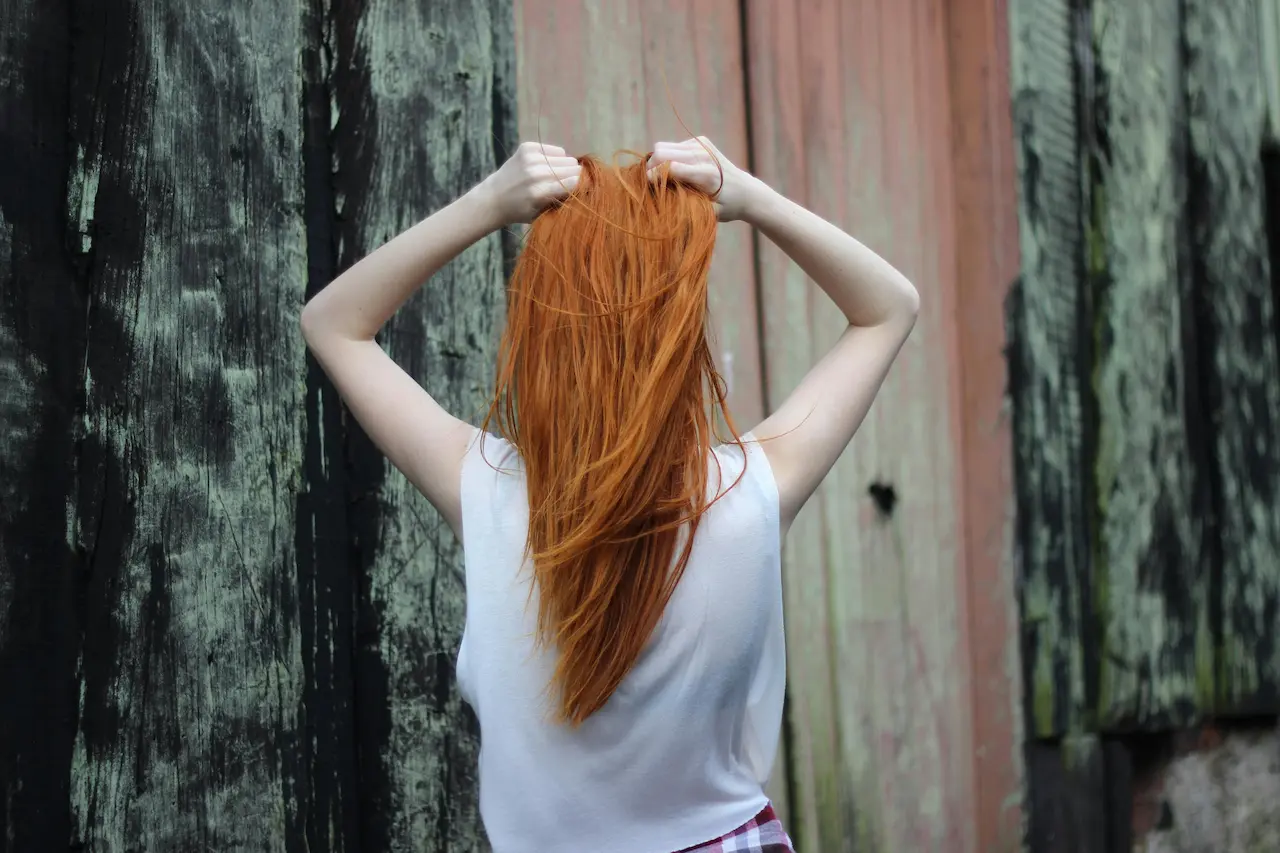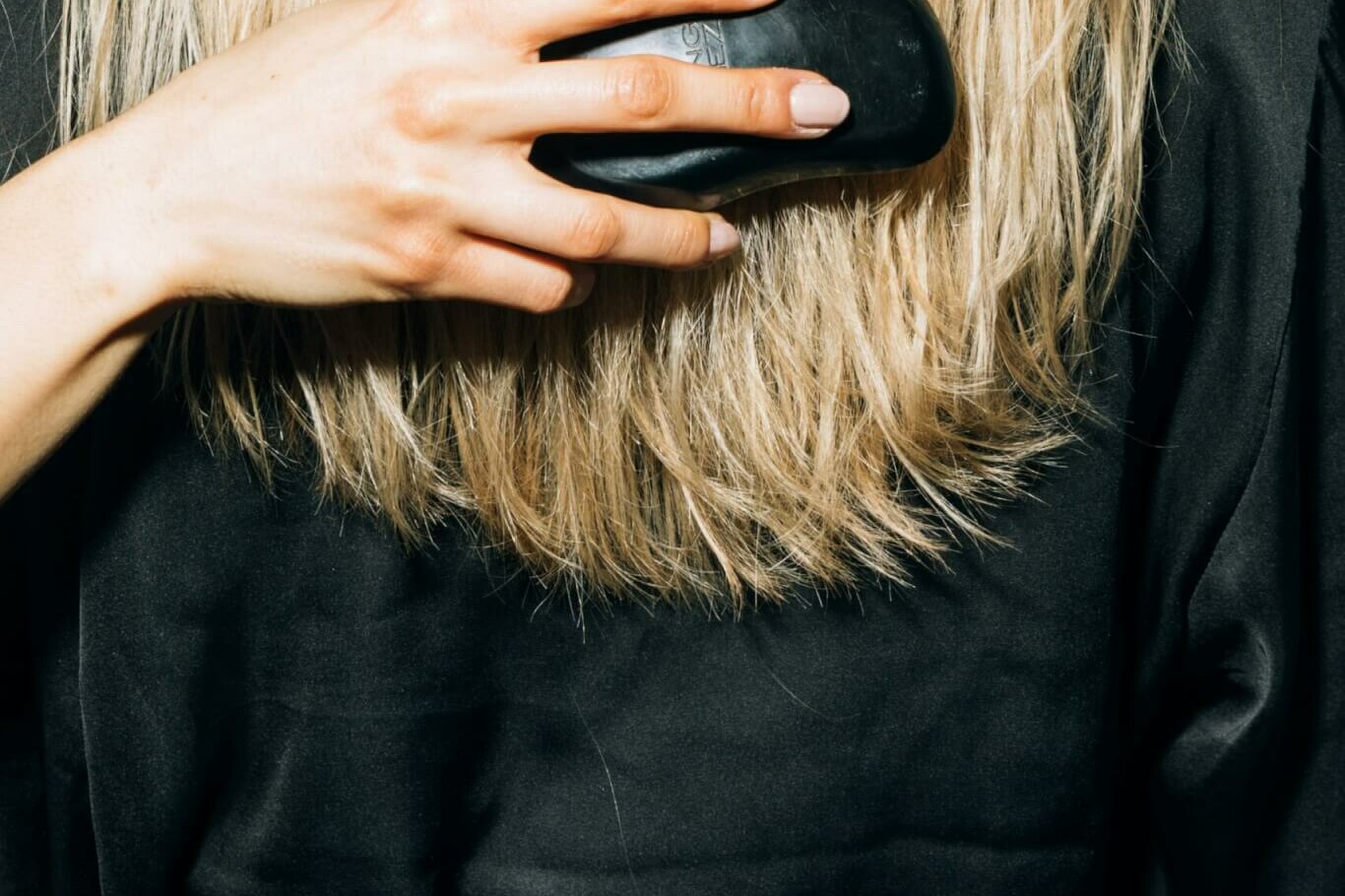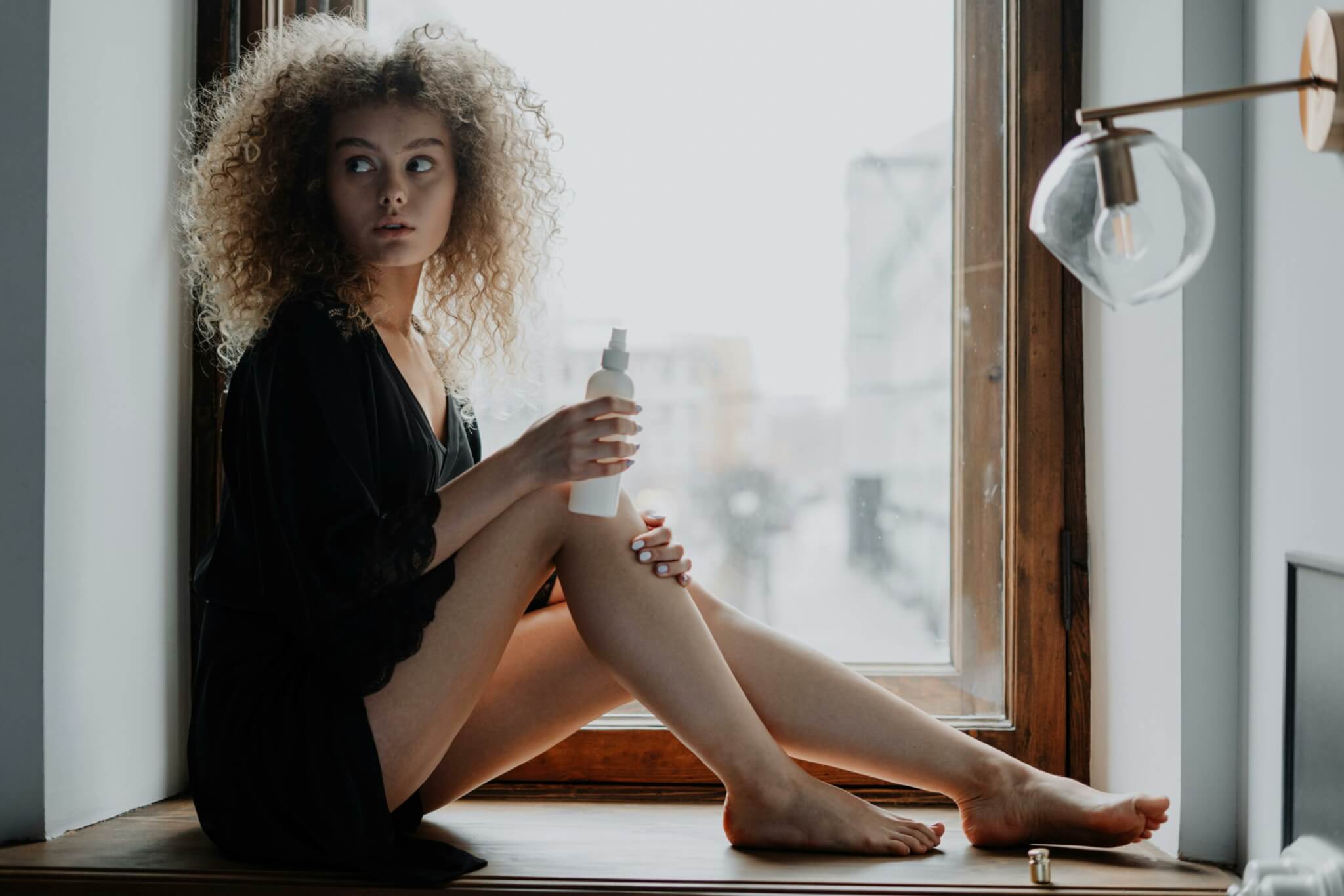Causes of Seborrheic Dermatitis
Yeast Overgrowth
One factor appears to be an overgrowth of the fungus Malassezia. While Malassezia normally exists in a healthy balance within the skin, the production of excessive amounts of sebum can create a perfect environment for this type of fungus to thrive. In addition, the growth of Malassezia also requires lipids to survive, so the presence of excess sebum provides these fungi with the nutrients they require to multiply and spread. When this happens, it can lead to an increase in the amount of oil present on the scalp, which in turn causes inflammation and itchiness.
Hormone Levels
The fact that men suffer from seborrheic eczema more often than women does give us some insight into the role of male hormones in the development of the disease. Studies suggest that androgen levels increase during puberty, pregnancy, and menopause, and decrease after childbirth. Androgen levels also rise in people who have polycystic ovary syndrome. In these cases, too much androgen can cause seborrhea, or oiliness of the skin.
Family History and Compromised Immune Systems
Eczema can also play a role in seborrheic dandruff, as well as the presence of immunocompromised and neurological diseases e.g. parkinson’s disease, epilepsy, HIV, and depression. Incidences could be as high as 80%. Stress, fatigue, infrequent shampooing and dry air during the winter can also aggravate seborrhea.
Symptoms of Seborrheic Dermatitis
- Dandruff
- Red scales on the scalp
- Itching
- Dry scalp
- Inflamed hair follicles
- Crusty yellow scales in infants
- Hair loss
Treating Seborrheic Dermatitis
Dandruff shampoos that contain selenium or zinc pyrithione, or coal tar (with doctor’s advice). They can improve relief or avoid the irritating effects they might cause.
Aloe Vera
This succulent plant contains polysaccharides, known for their powerful hydration and anti-inflammatory properties, which help lock in moisture to dry scalped skin and soothe irritated skin. Aloe vera also helps to reduce transepidermal water loss, locking in extra moisture to dry scalps. In addition, research conducted by the Indian Journal Dermatology found that people with seborrheic dermatitis who were treated using aloe vera improved 43% more than those in the placebo group.
Salicylic Acid
This famous beta hydroxy acid (bha) is an effective treatment of seborrheic dermatitis on the scalp. It is oil soluble, allowing it to deeply penetrate into the follicles and scalp, and decongest the excessive sebum that leads to the condition. Salicylic acid is also a keratolytic, meaning it breaks down the outside layers of the scalp – skin, and reduces the thickness of plaques. In a study conducted to evaluate the effects of the bha for treating seborrheic dermatitis, researchers found that the keratolytic and anti inflammatory action of salicylic acid reduced symptoms on the scalp. There are also a number of factors that aggravate seborrheic dermatitis on the scalp, including stress, fatigue, infrequent shampooing as well as dry air in the winter months.
Witch Hazel
Witch Hazel is an effective treatment for dry, flaky, itchy scalps. It helps reduce the amount of oil produced by your scalp, and can help prevent future outbreaks. It’s also great for soothing irritated skin and speeding up the healing process after a cut or scrape.
"Remember with Hair Health Essentials Better Hair days Are Ahead"
Related Posts
September 6, 2025
Scalp Barrier 101 — How to Rebuild What Over-Cleansing Breaks
Your scalp is more than just the skin under your hair — it’s a living…
November 15, 2024
The Art of Detangling: How to Protect Your Wet Hair from Breakage and Split Ends
Detangling wet hair is a common part of many people’s hair care routine, yet…
November 12, 2024
The Hidden Risks of Dry Shampoo: How Overuse Can Impact Your Scalp Health and Hair Growth
Dry shampoo has become a beauty staple for many people, offering a quick and…





